Wildflower ID?
Pallida
12 years ago
Related Stories

FALL GARDENINGBe Your Own Wildflower Nursery
Gather seeds from your garden in fall, and you'll have a selection of plants for next year — without spending a dime
Full Story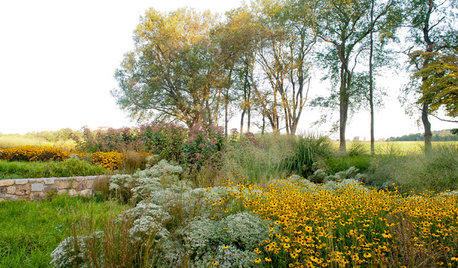
GARDENING GUIDES10 Essential Wildflowers for the U.S. Central Plains
Focusing on prairie wildflowers supports the most wildlife in a low-maintenance Plains landscape
Full Story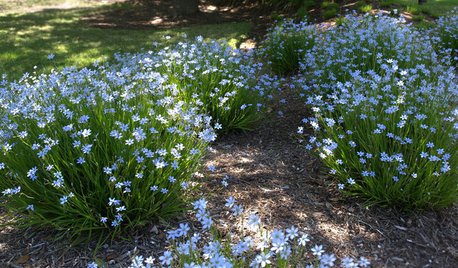
FLOWERS10 Spring Wildflowers for the Central Plains
These blooming native perennials thrive in dry locations and help welcome early-season pollinators
Full Story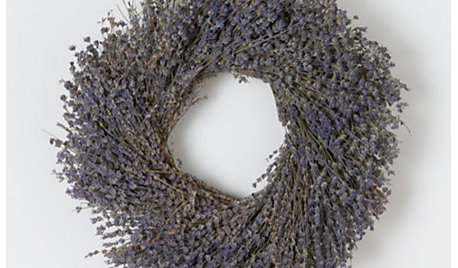
PRODUCT PICKSGuest Picks: A Posy of Wildflower Designs
Showcase freely growing blooms around the home with wreaths, furniture and wallpaper that outlast summer
Full Story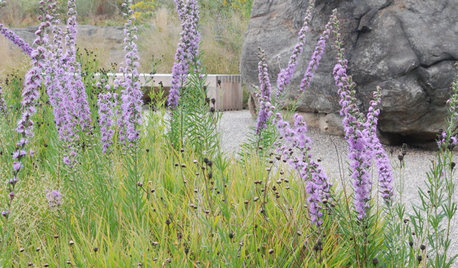
GARDENING GUIDESNative Wildflowers for the August Transition Into Fall
Keep the garden colorful with these stalwart perennials
Full Story
GARDENING GUIDES5 Prairie Wildflowers That Can Heal Your Soil
Get free, organic soil fertilizer with nitrogen-pumping plants that draw pollinators too
Full Story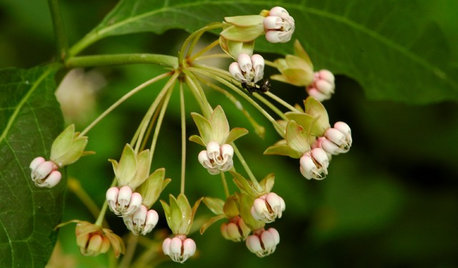
GARDENING GUIDES5 Unsung Wildflowers That Thrive in Dry Shade
Turn shady problem spots into garden idylls with with these prolific, easy-care bloomers
Full Story
GARDENING GUIDESInvite Mining Bees to Your Garden by Planting Their Favorite Plants
Look for mining bees (Andrena) pollinating woodland wildflowers in U.S. gardens this spring
Full Story
KITCHEN DESIGN2012 Color Trends: Natural Purples for Kitchen and Bath
Hot now: Purples swiped from dusky sunsets and wildflowers
Full Story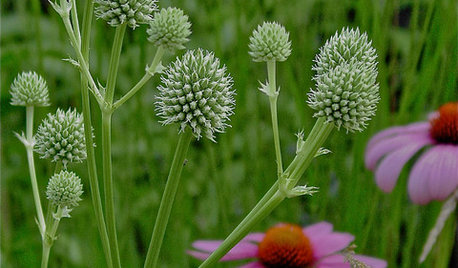
GARDENING GUIDESGreat Native Plant: Rattlesnake Master for Unique Interest
Serpents actually don’t give a hoot about this prairie wildflower, but insects do — and the foliage is a big draw too
Full Story


helenh
helenh
Related Discussions
Wildflower ID please and Thanks
Q
Wildflower ID please thanks
Q
Yellow Wildflower ID and favorite resources
Q
Spring wildflowers ID
Q
tomatoworm59
PallidaOriginal Author
butterflymomok
PallidaOriginal Author
TulsaRose
PallidaOriginal Author
cactusgarden
PallidaOriginal Author
wantonamara Z8 CenTex
PallidaOriginal Author
butterflymomok
wantonamara Z8 CenTex
lucas_tx_gw
PallidaOriginal Author
wantonamara Z8 CenTex
grn_grl
PallidaOriginal Author
wantonamara Z8 CenTex
susanlynne48
PallidaOriginal Author
oklavenderlady
susanlynne48
Okiedawn OK Zone 7
PallidaOriginal Author
oklavenderlady
merrybookwyrm
PallidaOriginal Author
wantonamara Z8 CenTex
PallidaOriginal Author
wantonamara Z8 CenTex
PallidaOriginal Author
susanlynne48
PallidaOriginal Author
susanlynne48
PallidaOriginal Author
wantonamara Z8 CenTex
susanlynne48
wantonamara Z8 CenTex